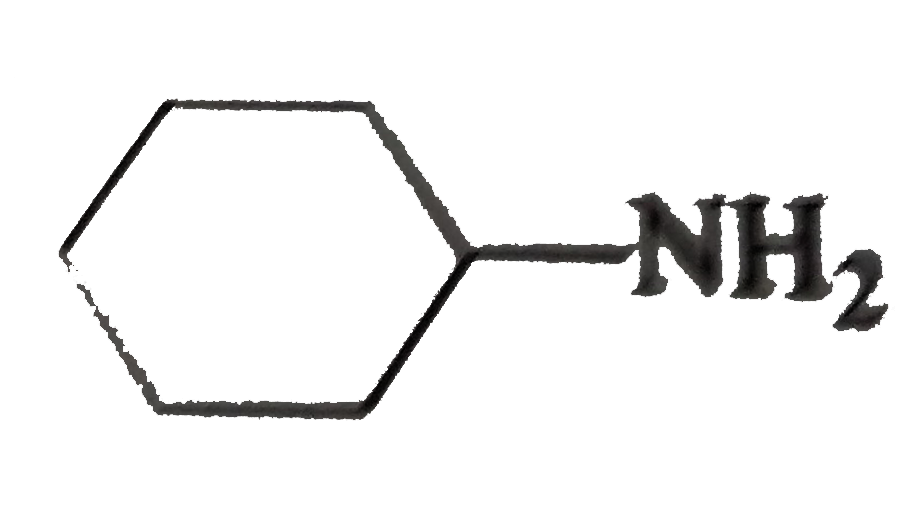Arrange the following in decreasing order of basic strength of 15 group hydrides
To arrange the hydrides of group 15 elements (the nitrogen family) in decreasing order of basic strength, we will consider the following hydrides: NH₃ (ammonia), PH₃ (phosphine), AsH₃ (arsine), SbH₃ (stibine), and BiH₃ (bismuthine).
1. Identify the Hydrides: The hydrides of group 15 elements are NH₃, PH₃, AsH₃, SbH₃, and BiH₃.
2. Understand Basic Strength: Basic strength refers to the ability of a compound to accept protons (H⁺ ions). The stronger the base, the more readily it accepts protons.
3. Consider Atomic Size and Bond Strength: As we move down the group from nitrogen to bismuth, the size of the atoms increases. This increase in size leads to a decrease in the strength of the bond between the hydrogen atom and the central atom (E-H bond). We can summarize this trend as follows:
- NH₃ has a strong N-H bond, making it a strong base.
- PH₃ has a weaker P-H bond than NH₃, so it is less basic.
- AsH₃ has an even weaker As-H bond, leading to further decreased basicity.
- SbH₃ and BiH₃ follow the same trend with even weaker bonds.
4. Order the Hydrides: Based on the above reasoning, we can arrange the hydrides in decreasing order of basic strength:
- NH₃ (strongest base)
- PH₃
- AsH₃
- SbH₃
- BiH₃ (weakest base)
5. Final Arrangement: The final order of basic strength from highest to lowest is:
- NH₃ > PH₃ > AsH₃ > SbH₃ > BiH₃
- NH₃ has a strong N-H bond, making it a strong base.
- PH₃ has a weaker P-H bond than NH₃, so it is less basic.
- AsH₃ has an even weaker As-H bond, leading to further decreased basicity.
- SbH₃ and BiH₃ follow the same trend with even weaker bonds.
- NH₃ (strongest base)
- PH₃
- AsH₃
- SbH₃
- BiH₃ (weakest base)
- NH₃ > PH₃ > AsH₃ > SbH₃ > BiH₃
Topper's Solved these Questions
- P-BLOCK ELEMENTS (NITROGEN FAMILY)Book:PRADEEPChapter:P-BLOCK ELEMENTS (NITROGEN FAMILY)Exercise:ADDITIONAL QUESTIONS (SHORT ANSWER QUESTIONS)
Explore 20 Videos
- P-BLOCK ELEMENTS (NITROGEN FAMILY)Book:PRADEEPChapter:P-BLOCK ELEMENTS (NITROGEN FAMILY)Exercise:ADDITIONAL QUESTIONS (LONG ANSWER QUESTIONS)
Explore 2 Videos
- P-BLOCK ELEMENTS (NITROGEN FAMILY)Book:PRADEEPChapter:P-BLOCK ELEMENTS (NITROGEN FAMILY)Exercise:NCERT EXEMPLAR PROBLEMS WITH ANSWERS, HINTS AND SOLUTIONS (Long Answers Questions)
Explore 3 Videos
- ORGANIC CHEMISTRY-SOME BASIC PRINCIPLES TECHNIQUESBook:PRADEEPChapter:ORGANIC CHEMISTRY-SOME BASIC PRINCIPLES TECHNIQUESExercise:Competition Focus (Jee (Main and Advanced)/Medical Entrance) VIII. Assertion-Reason Type Questions
Explore 25 Videos
- REDOX REACTIONS Book:PRADEEPChapter:REDOX REACTIONS Exercise:Assertion reason type question
Explore 16 Videos
Similar Questions
Knowledge Check
Arrange the following in increasing order of basic strength
 AII<I<III<IVBIV<III<II<ICIV<III<I<IIDI<II<III<IV
AII<I<III<IVBIV<III<II<ICIV<III<I<IIDI<II<III<IVArrange the following in decreasing order of acidic strength:
 AI>II>III>IVBIV>III>II>ICII>IV>III>IDIV>II>III>I
AI>II>III>IVBIV>III>II>ICII>IV>III>IDIV>II>III>IArrange the following in decreasing order of their acidic strengths .
 AA>C>B>DBA>D>B>CCA>D>C>BDD>A>C>B
AA>C>B>DBA>D>B>CCA>D>C>BDD>A>C>B
The decreasing order of basic strength is

View SolutionArrange the following in order of increasing basic strength.
View SolutionArrange the following in decreasing order of their basic strength: ammonia, triethylamine, aniline, ethylamine and diethylamine.
View SolutionArrange the following in decreasing order of their basic strength: ammonia, triethylamine, aniline, ethylamine and diethylamine.
View SolutionArrange the following bases in increasing order of their basic strength
NH4OH,NaOH,Mg(OH)2,AI(OH)3
View Solution



